1
Suzhousaurus
Suzhousaurus megatheriodes
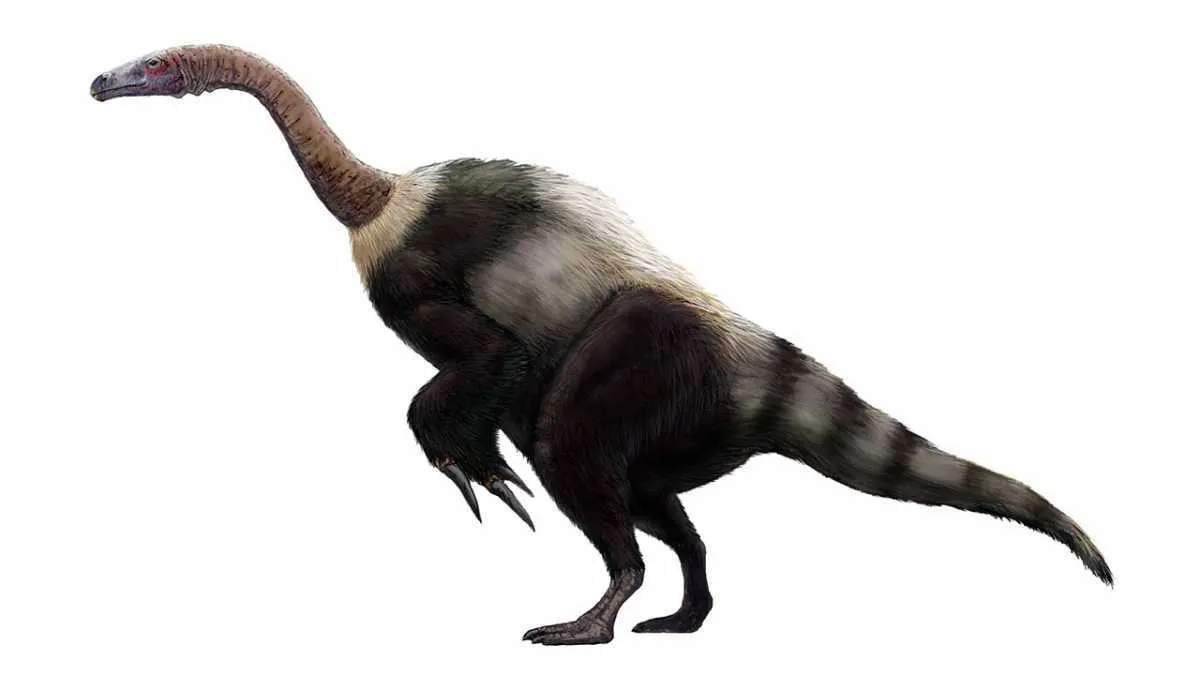
Appearance of a giant rat, three metres tall, six metres long, weighed around 1,300kgs. Furry body, suggesting a distant ancestor of the giant ground sloth.
2
Pegomastax
Pegomastax africana
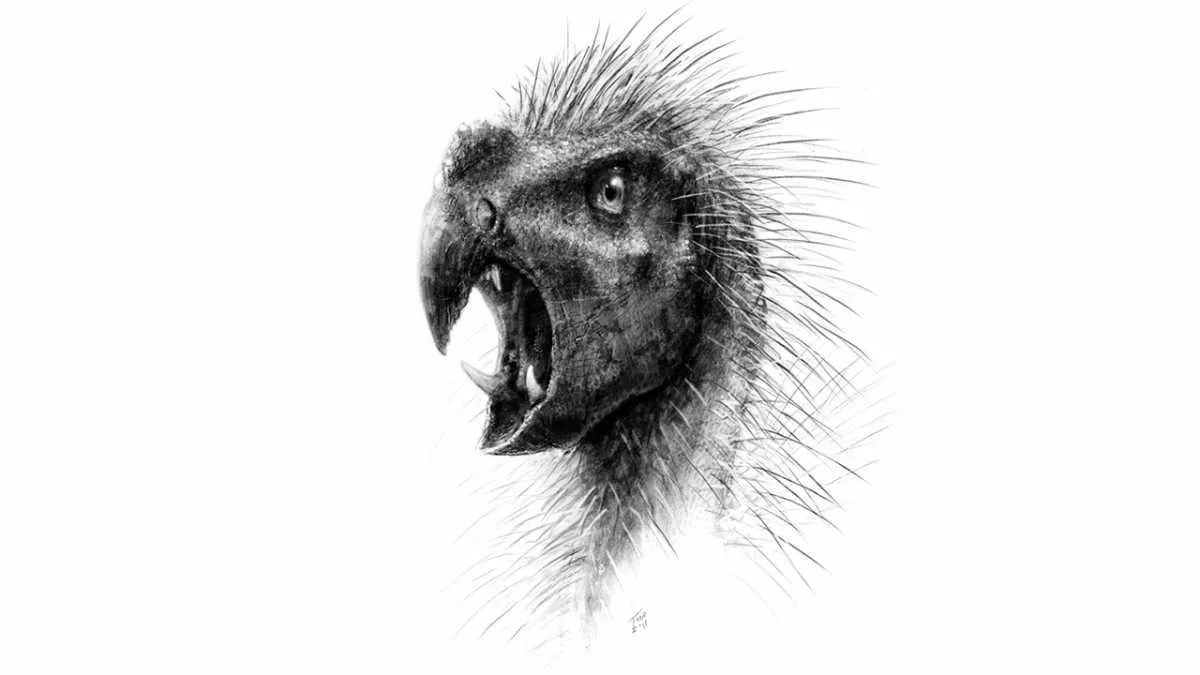
Herbivore, just 60cm long and covered in quills. Described as a cross between a parrot and a porcupine, it had a beak and teeth which sharpened themselves against each other.
3
Linhenykus
Linhenykus monodactylus

Freakishly short arms with tiny claws at the end of them, giving it no obvious defence option. Only known non-avian dinosaur with one finger!
4
Epidendrosaurus
Epidendrosaurus ninchengensis
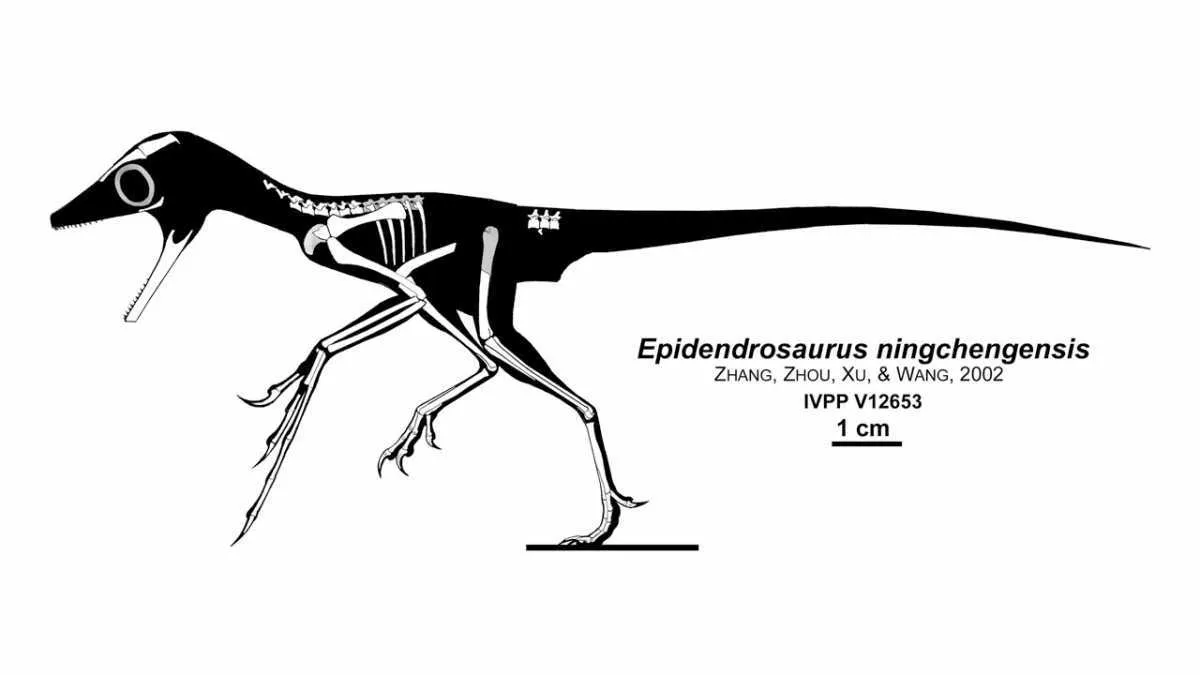
A tiny (12cm) flightless, feathered dinosaur with elongated forearms completely out of proportion to the rest of its body. The third finger is huge, like an aye-aye's, possibly for probing for insect food inside trees.
5
Longisquama
Longisquama insignis

Had six to eight appendages fanned along its back which are believed to have been primitive feathers. Possible precursor to modern birds.
6
Gigantoraptor
Gigantoraptor erlianensis
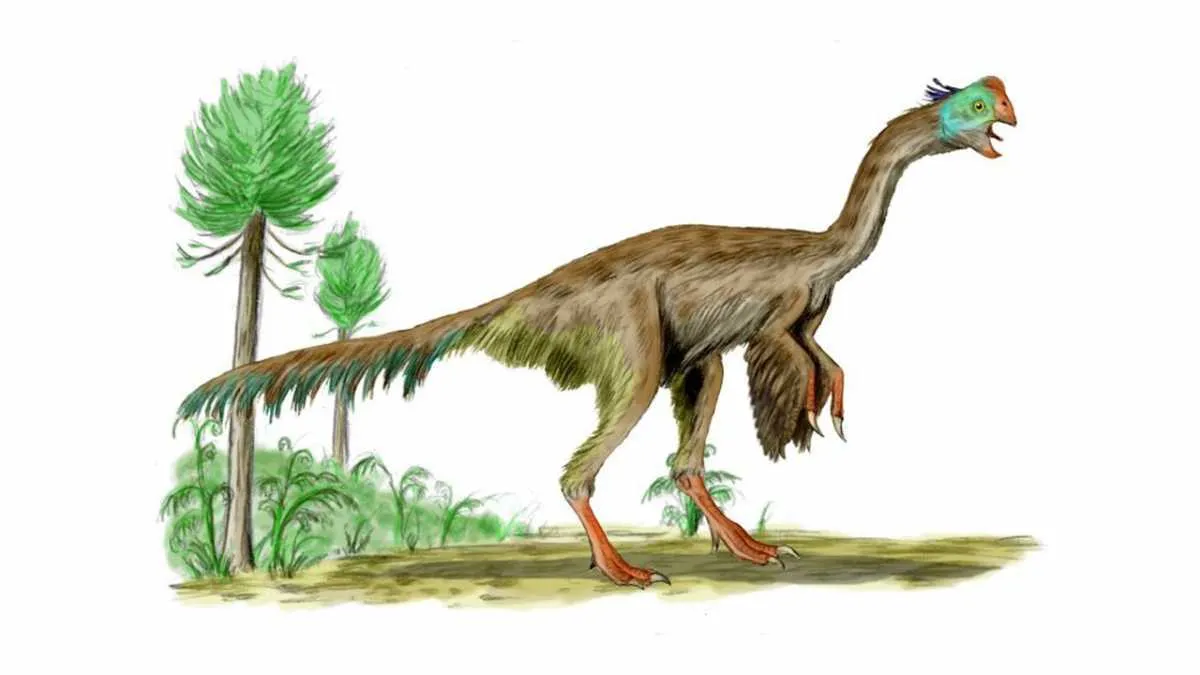
At nearly five metres tall andeight metres long, it was possibly the largest feathered dinosaur/bird in history, and may have weighed up to 2,000kg. It had no teeth, and strange claws at the end of its wings.
7
Mamenchisaurus
Mamenchisaurus constructus
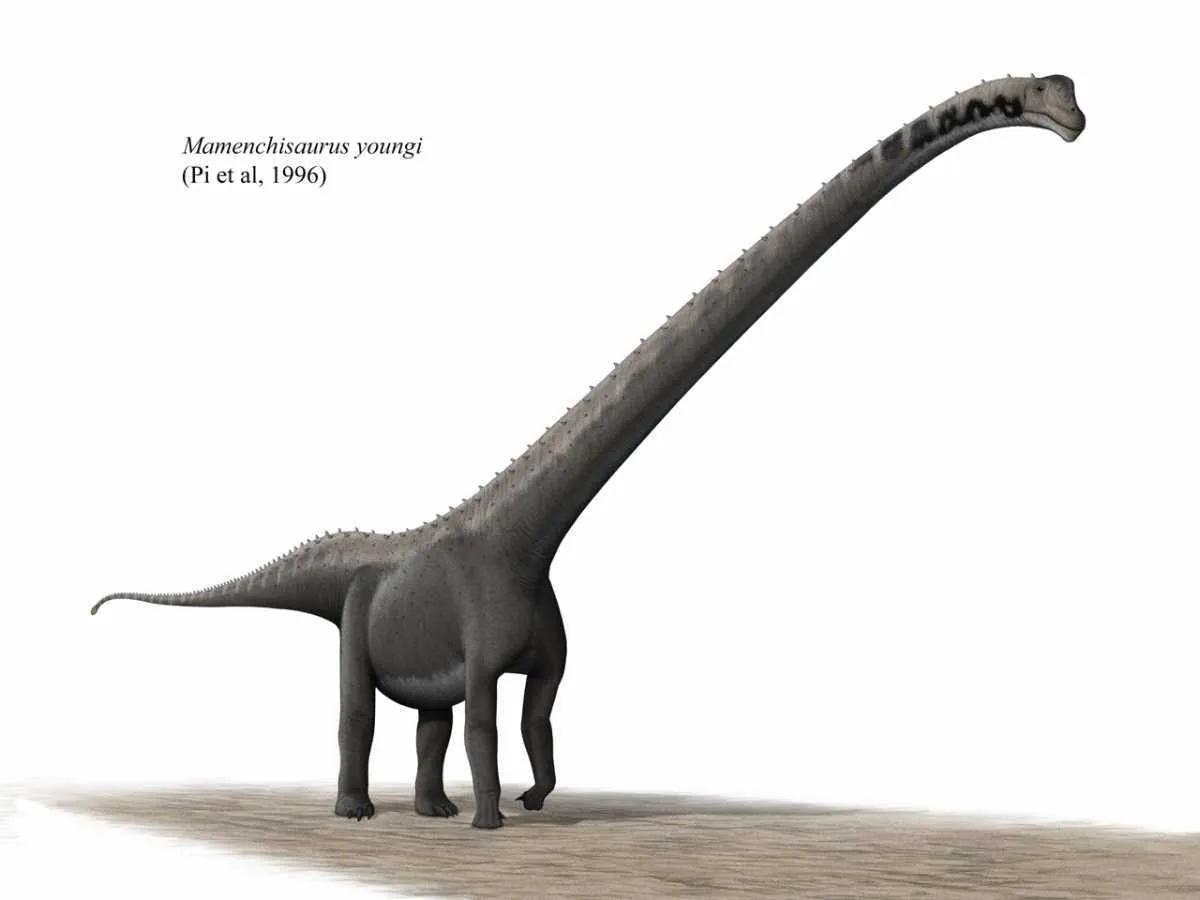
Had a neck 9-12 metreslong.
8
Jeholopterus
Jeholopterus ninchengensis
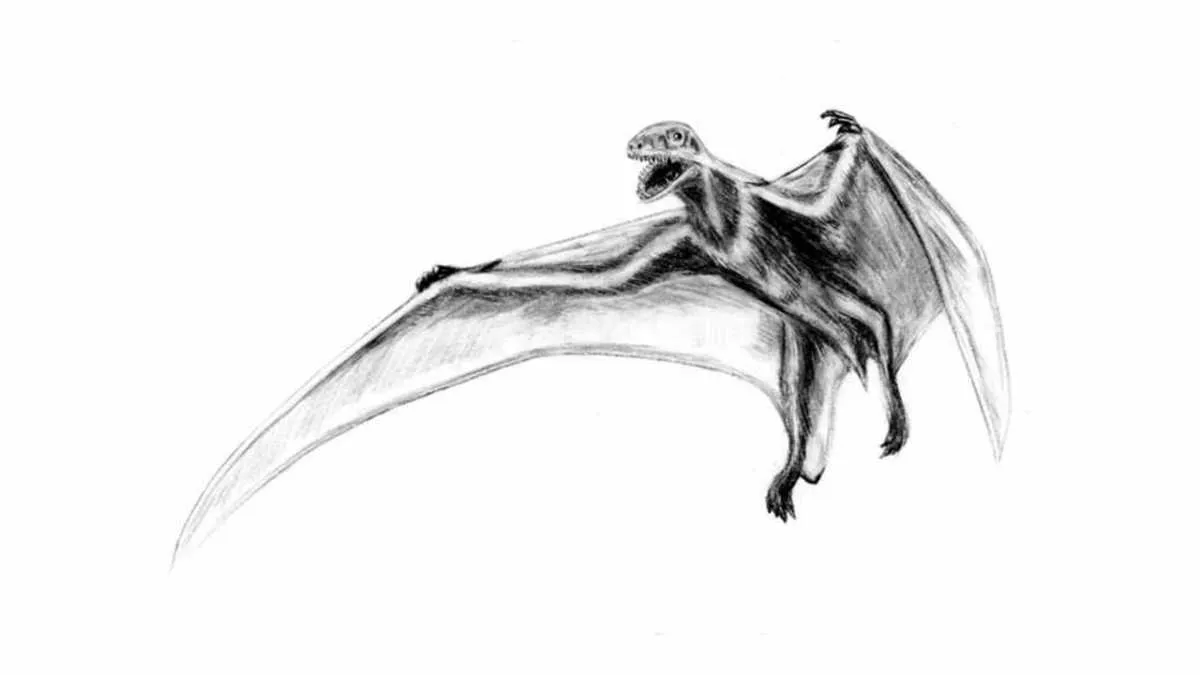
Vampire dinosaur, preying on the blood of other dinosaurs. Small enough to go undetected on another dinosaur's underbelly.
9
Incisivosaurus
Incisivosaurus gauthieri
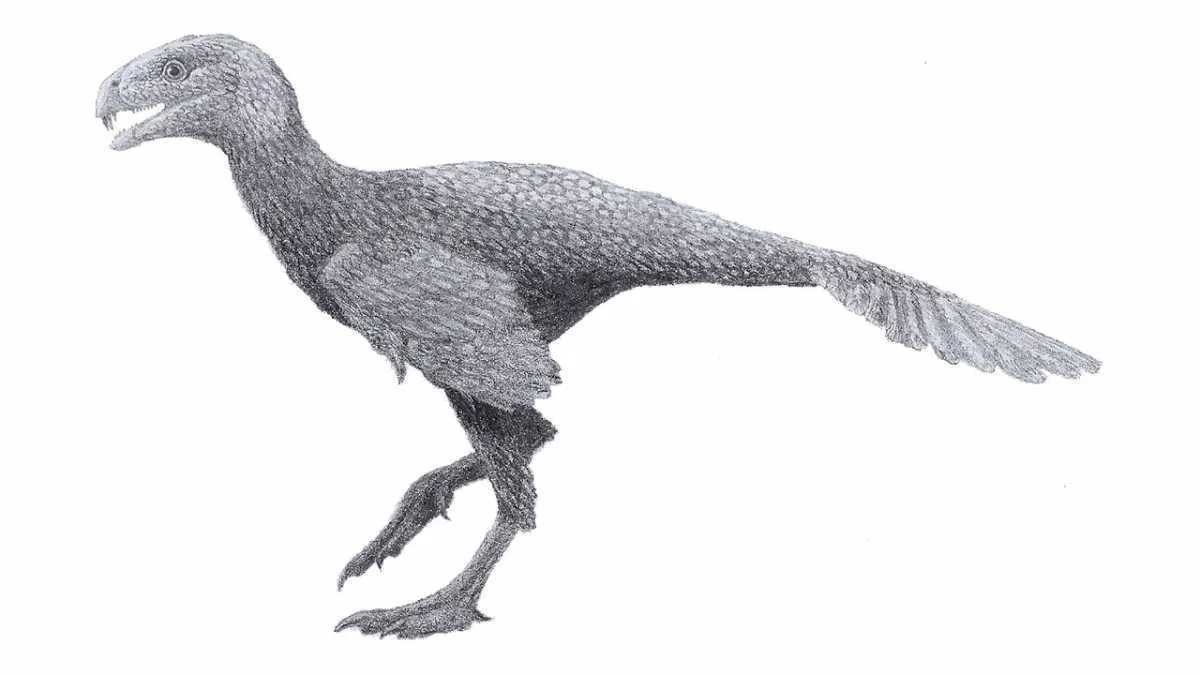
Omnivore, less than a metre long. Had prominent, rodent-like front teeth, face of a raptor, body of an ostrich and hands/feet of a chicken. Truly bizarre.
10
Sharovipteryx
Sharovipteryx mirabilis
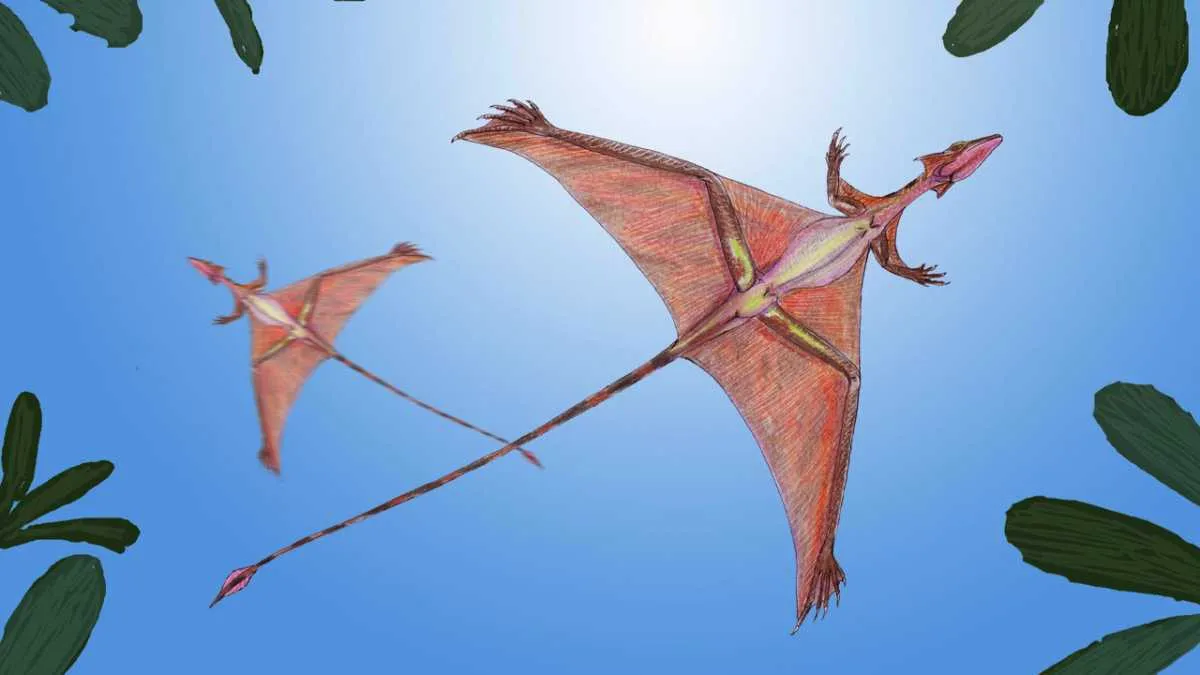
Lizard-like flying reptile that fed on insects. It grew wings on its hing legs, rather than its arms andlooks like an evolutionary mistake. How it walked remains a mystery.
11
Helicoprion
Helicoprion bessonovi
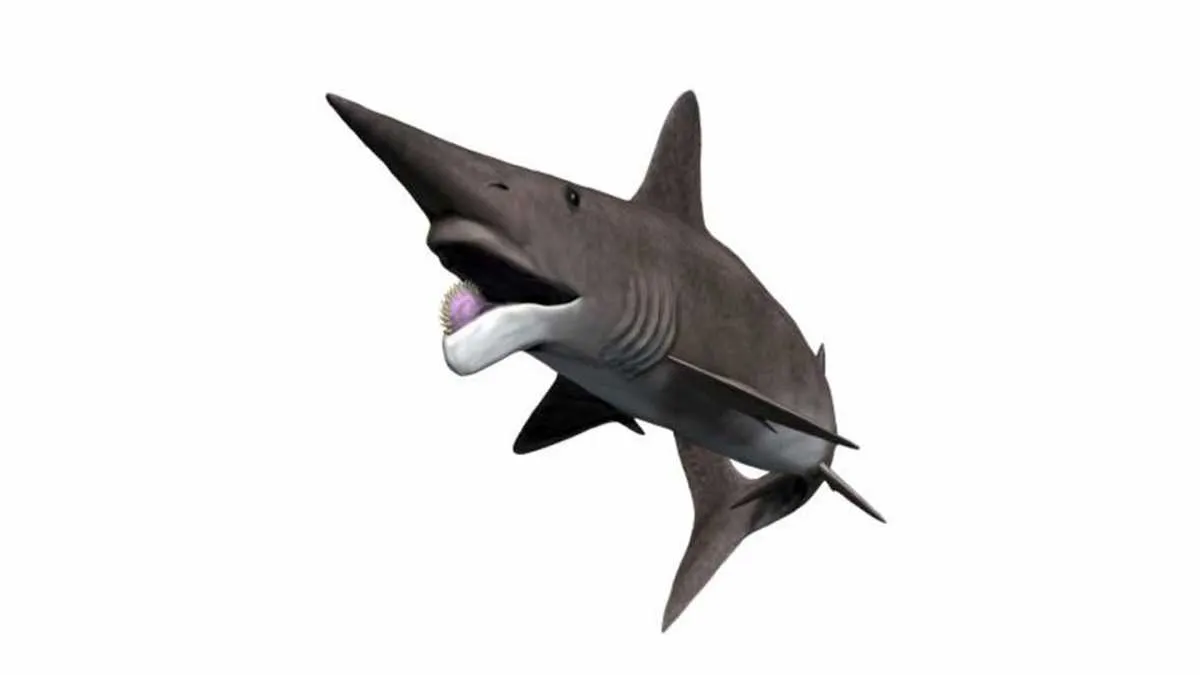
A shark-like fish. As it grew new teeth, they pushed the older teeth forwards from the snout, thus it continually extended its jaw as it grew. Believed to have initially survived thePermianextinction event, later to die out with the other remaining dinosaurs.
12
Carnotaurus
Carnotaurus sastrei
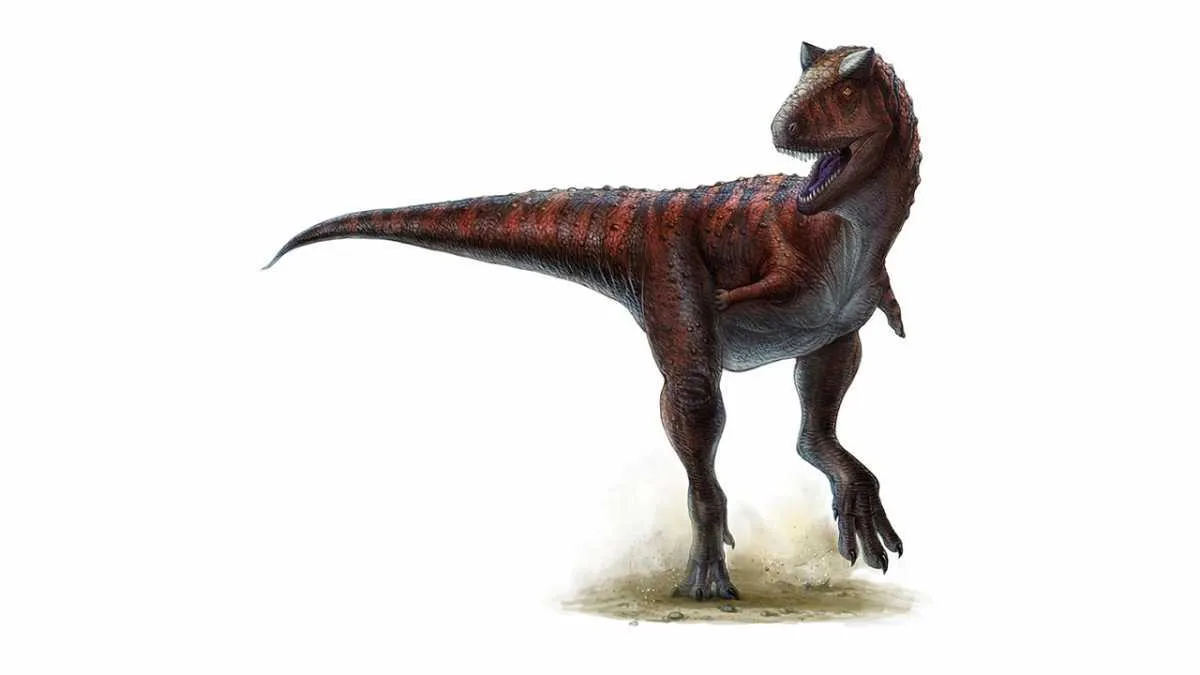
Bipedal dinosaur with unique thick horizontal horns across the top of its head above the eyes. Name means "meat-eating bull". Its anatomy was baffling, including vestigial forelimbs even smaller than a T-rex's, a strangely-shaped head and small teeth.
13
Nigersaurus
Nigersaurus taqueti

Unusually small sauropod with a unique head and jaw shape not seen in any other animal. All its 500 teeth are at the end of its jaw at the front of the mouth, making its head look like the attachment to a vacuum cleaner. Each mature tooth had ninereplacement teeth stacked up behind it ready to take over when it wore down.
14
Amargasaurus
Amargasaurus cazaui

Possessed a bizarre double row of parallel spines along its neck and back,taller than any other sauropod.
15
Pachycephalosaurus
Pachycephalosaurus wyomingensis
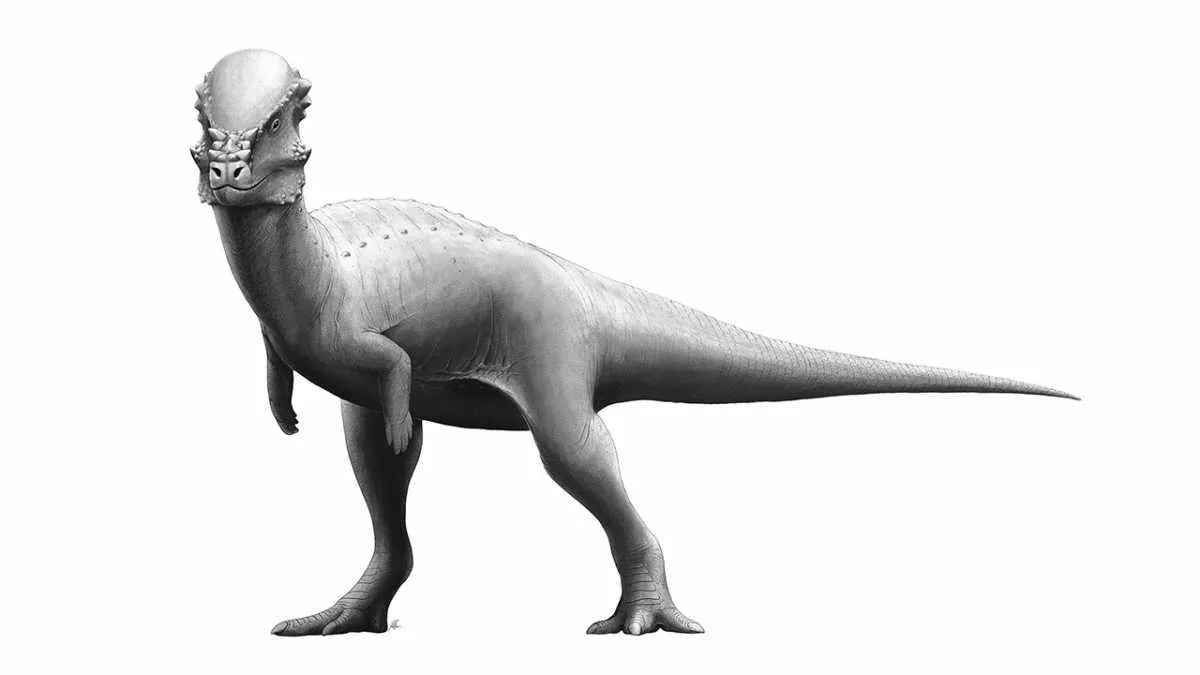
Had a truly bizarre domed head for display. Although the skull roof was up to 25cm thick, it was fairly brittle bone.
16
Dracorex
Dracorex hogwartsia

Extraordinary head shape and adornments evolved for head-butting opponents; closest-looking dinosaur to a mythical dragon. It's latin name meansmeaning "dragonking ofHogwarts" after the Harry Potter series of books.
17
Parasaurolophus
Parasaurolophus walkeri
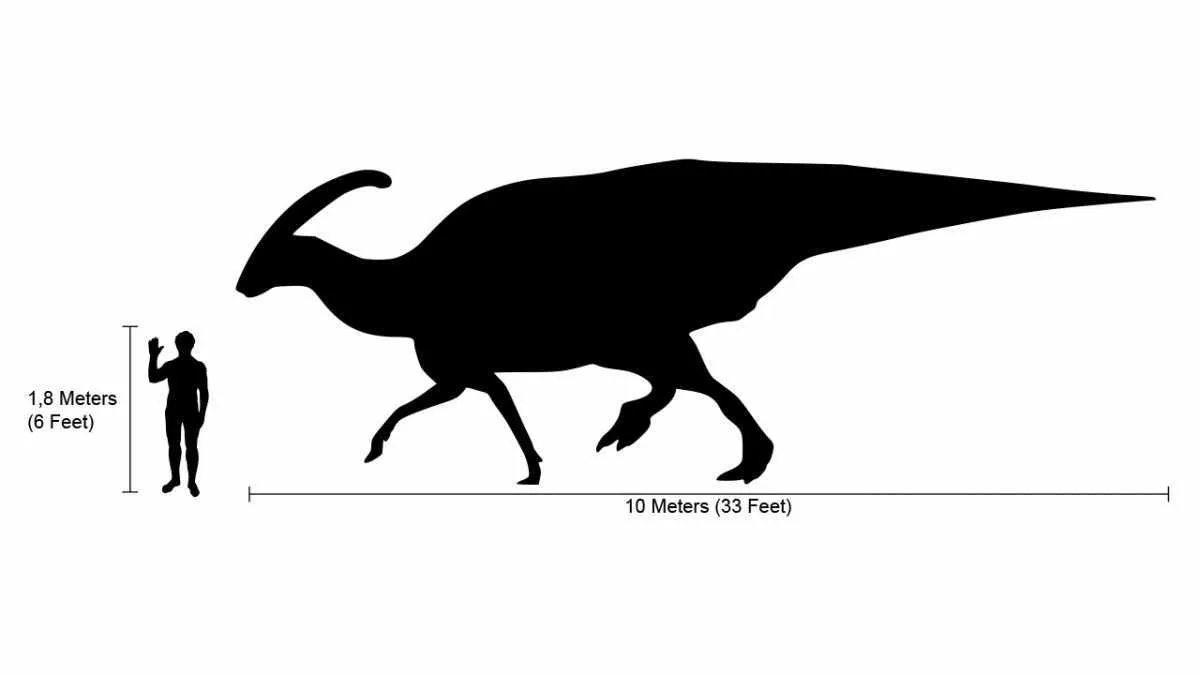
Possessed tube-like extensions to the back of its skull which had acoustic properties. Thought to be a means of "trumpeting" calls over large distances.
Science Focus Podcast: The truth about dinosaurs
The image of dinosaurs as drab, slow-witted reptilians is slowly being overturned thanks to exciting new fossil discoveries and advances in the technology used to analyse them.Check out theScience Focus Podcastepisode where we speak to Steve Brusatte, a palaeontologist based at the University of Edinburgh and author ofThe Rise and Fall of Dinosaurs: The untold story of a lost world(£20, Macmillan), about palaeontology’s emerging golden age that is revealing what dinosaurs really looked like and why they were much smarter than we used to think.Listen to the podcast here.